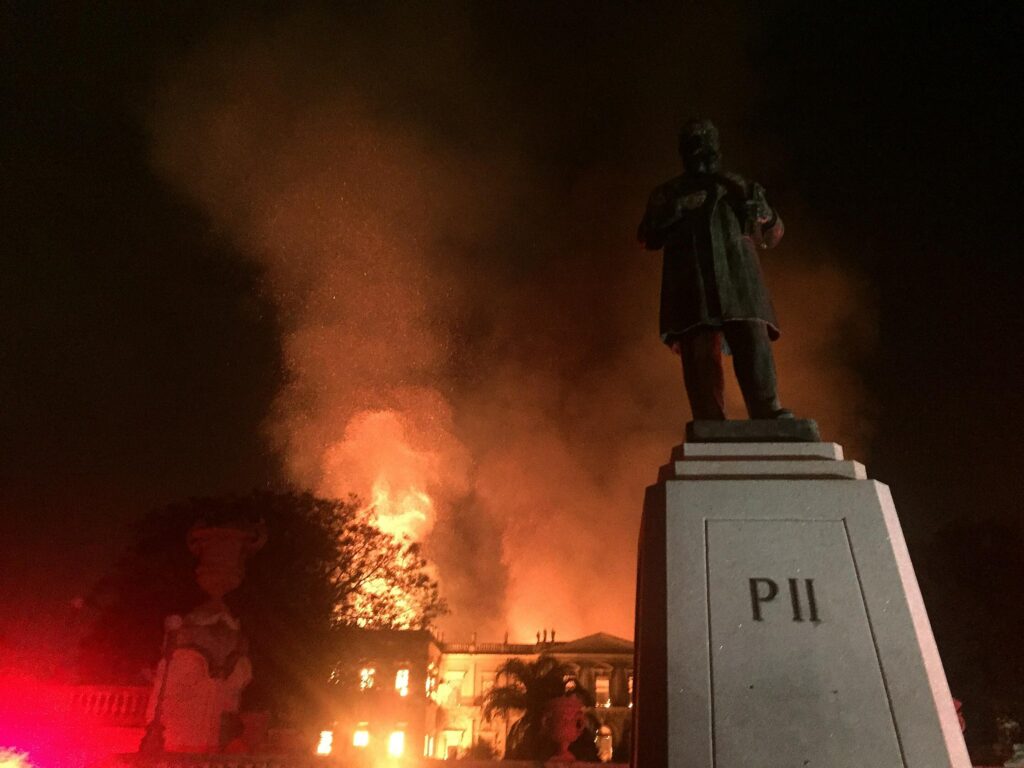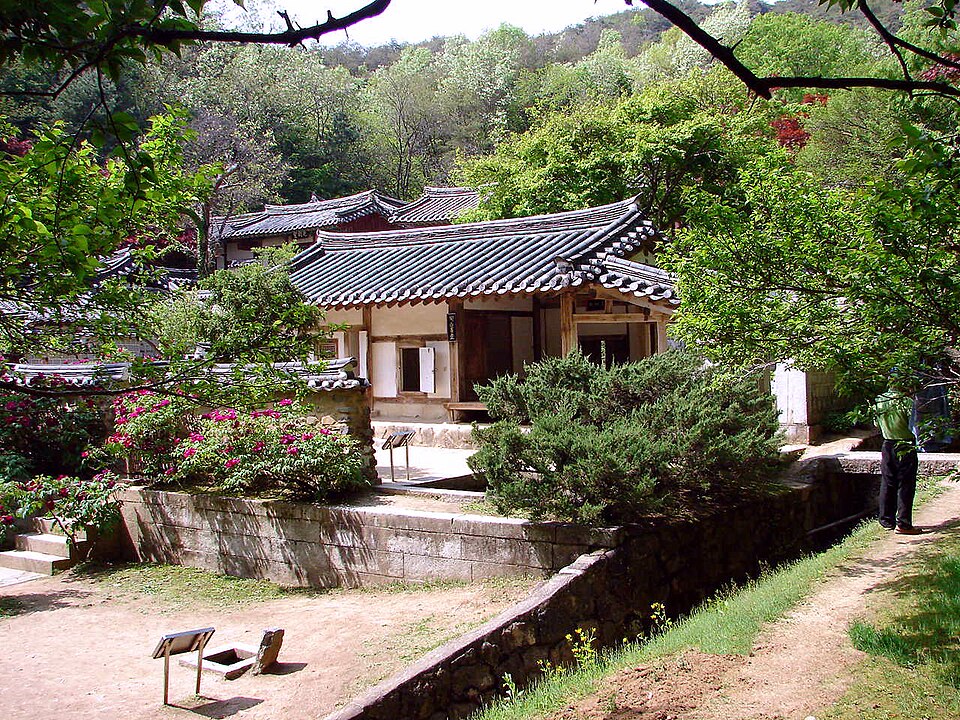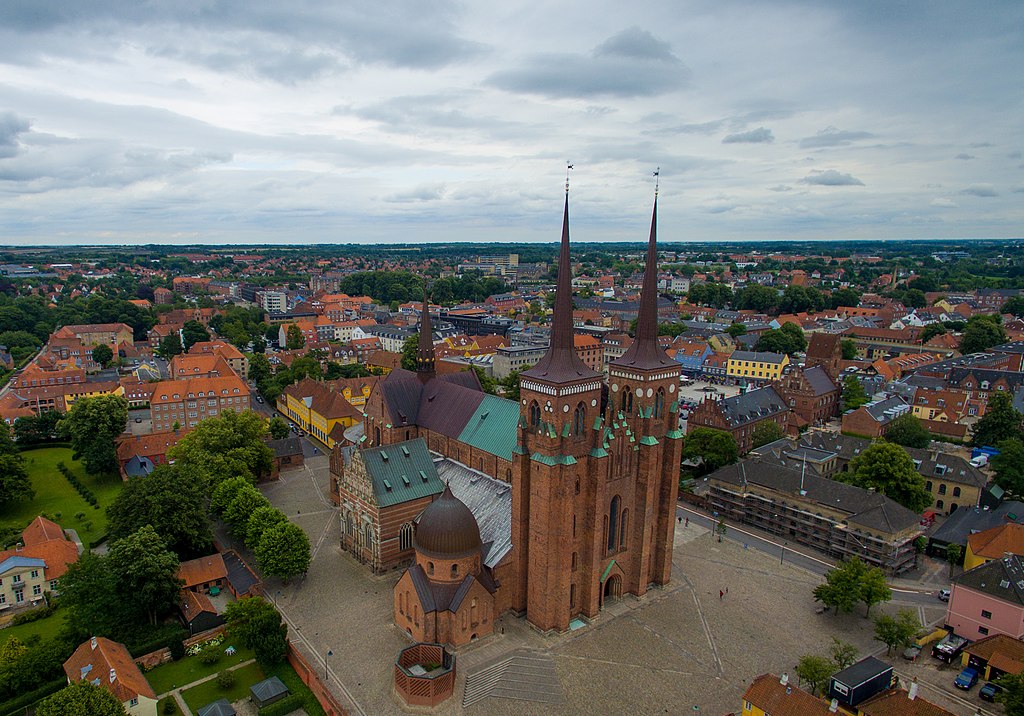Historical Objects and Faulty Air Conditioners: a Massive Destruction
nearly 20 million historical artifacts destroyed by a faulty air conditiong unit
On the evening of September 2, 2018, a catastrophic fire ravaged the National Museum of Brazil, resulting in the loss of invaluable some 20 million cultural treasures and historical artifacts. The museum, with a sprawling building area spanning 13,600 square meters and 122 rooms, had a storied history dating back to its construction in 1803.

Tragically, the fire consumed a staggering 92.5 percent of the museum’s extensive collection, a devastating blow to Brazil’s cultural heritage. The building itself was uninsured, compounding the losses incurred during this disaster.
Efforts by firefighters and museum personnel did manage to recover some artifacts from the inferno, providing a glimmer of hope amid the devastation. However, the condition of many of the rescued pieces remained uncertain.
Among the heartbreaking losses was a Roman fresco from Pompeii, which had withstood the eruption of Vesuvius but succumbed to the flames in this devastating fire.
The museum’s preservation director, conveyed the somber reality, stating that “very little will be left,” and a comprehensive assessment of the scale of the loss could only occur after the firefighters’ efforts were complete. Subsequent days saw additional salvage operations as firefighters worked diligently to retrieve whatever they could from beneath the charred remnants of the museum’s roof.
One of the most grievous aspects of the tragedy was the destruction of the museum’s collection related to indigenous languages. This loss included recordings dating back to 1958, chants in now-extinct languages, the archives of Curt Nimuendajú (comprising papers, photos, negatives, and the sole remaining ethnic-historic-linguistic map that localized all ethnic groups in Brazil dating from 1945), as well as ethnological and archaeological references documenting ethnic groups in Brazil since the 16th century. The fire also consumed thousands of indigenous artifacts representing Brazil’s pre-Columbian Indo-American culture. This extensive collection included indigenous remains and relics gathered during the personal collection of Emperor Pedro II.
The fire started at around 7:30 pm local time and raged on until late the following morning, finally brought under control by firefighters. The flames consumed the historic institution, which was celebrating its bicentennial in 2018, and was once the residence of royalty.
This tragic event resulted in the obliteration of an estimated 92.5% of the museum’s extensive collection, which included an astounding 20 million items of historical, cultural, and scientific significance. Fossils, mummies, rare historical records, and priceless works of art were all reduced to ashes, scattered across the museum’s premises and neighboring areas. It was a loss that resonated deeply within the nation.
First responders were confronted with significant challenges as they battled the blaze. One critical issue was the lack of water supply. Firefighters struggled due to insufficient water pressure from two nearby hydrants, forcing them to resort to pumping water from a nearby lake.
In the wake of this devastating incident, the Federal Police launched an investigation, seeking to ascertain the causes of the fire. Their inquiry has recently concluded, ruling out any misconduct on the part of the museum’s management and confirming that arson played no role in the disaster.
The investigation revealed that the fire originated in the Roquette Pinto Auditorium, situated on the first floor near the museum’s main entrance. The likely source of the blaze was identified as one of the air conditioning units within the auditorium.
Additional insights from the investigation highlighted that a prior inspection by the Fire Department took place in August 2015, which unfortunately remained incomplete. The fire officer responsible for this inspection faced administrative consequences for this oversight.
After this inspection, both the rector of the Federal University of Rio de Janeiro (UFRJ) and the National Museum’s director reached out to BNDES (the Brazilian Development Bank) to secure funding for the revitalization and adaptation of the building to meet Fire and Panic Safety Code standards. Although the contract was signed in June 2018, the funds had not been disbursed before the tragic incident occurred.
Based on the gathered evidence, the Federal Police determined that the museum’s management was not at fault, as preparations for the restoration work were in progress well before the fire, even though the physical renovations had yet to begin.





